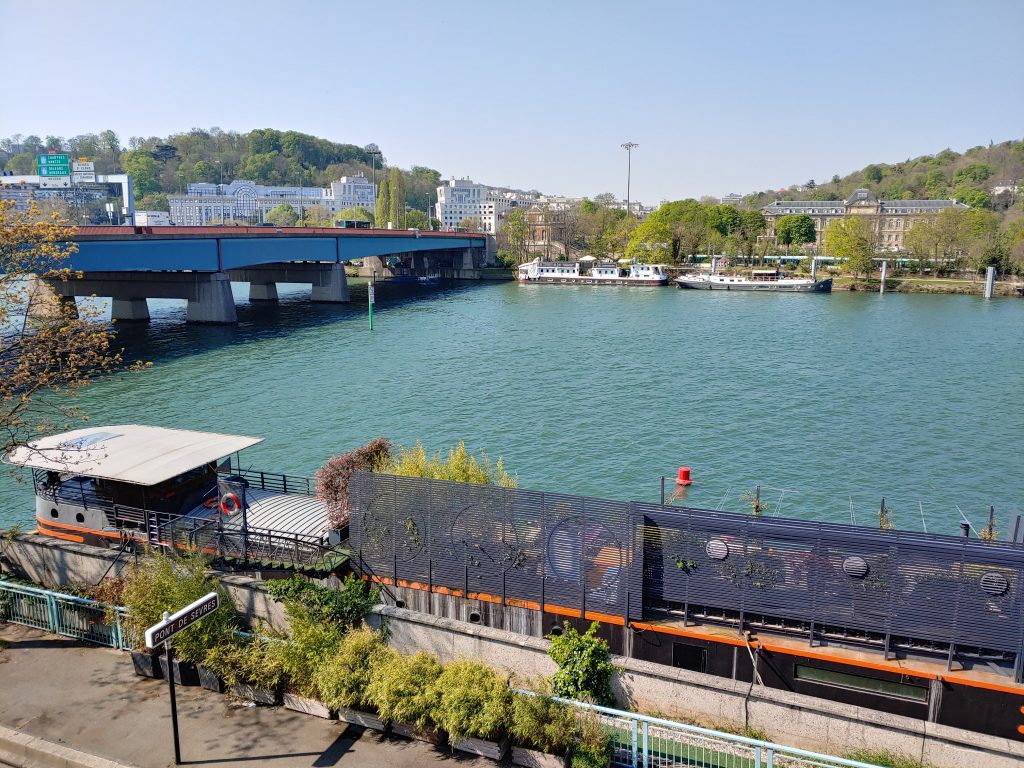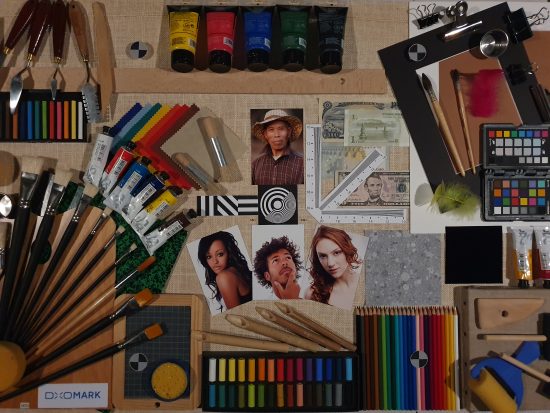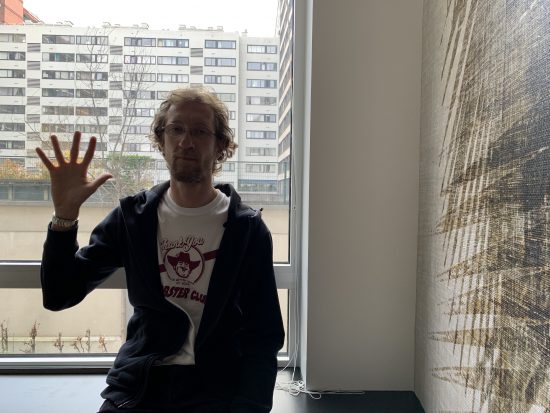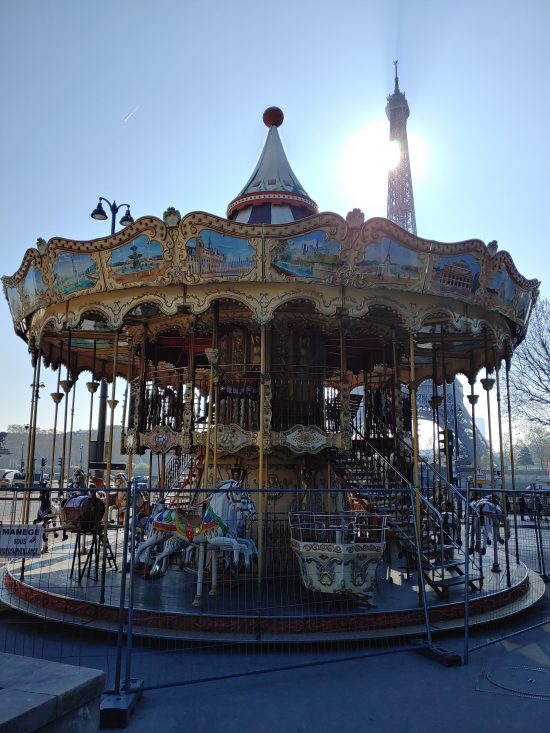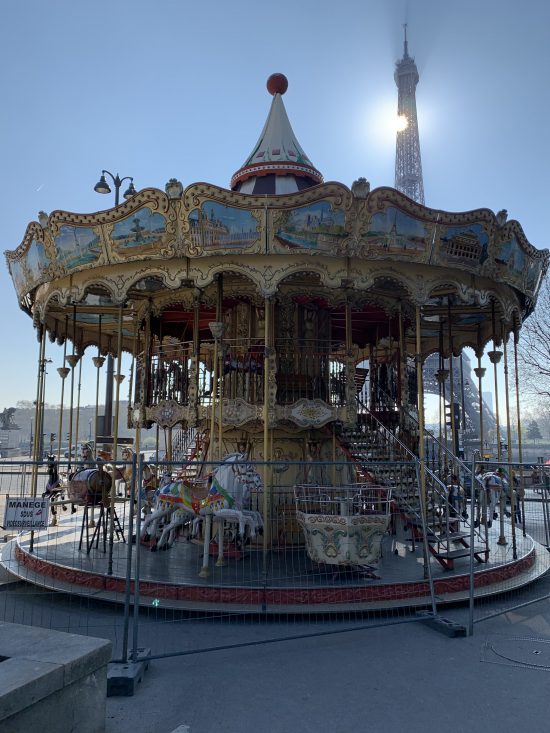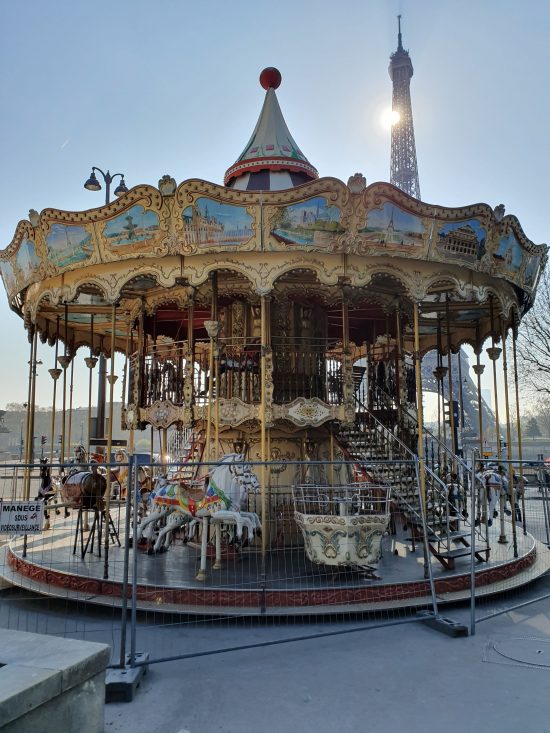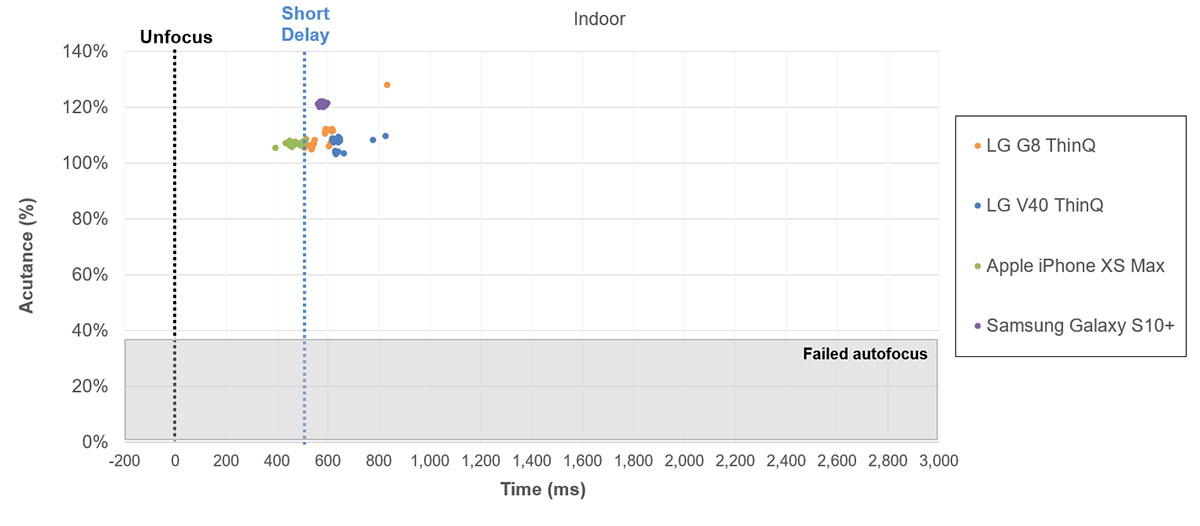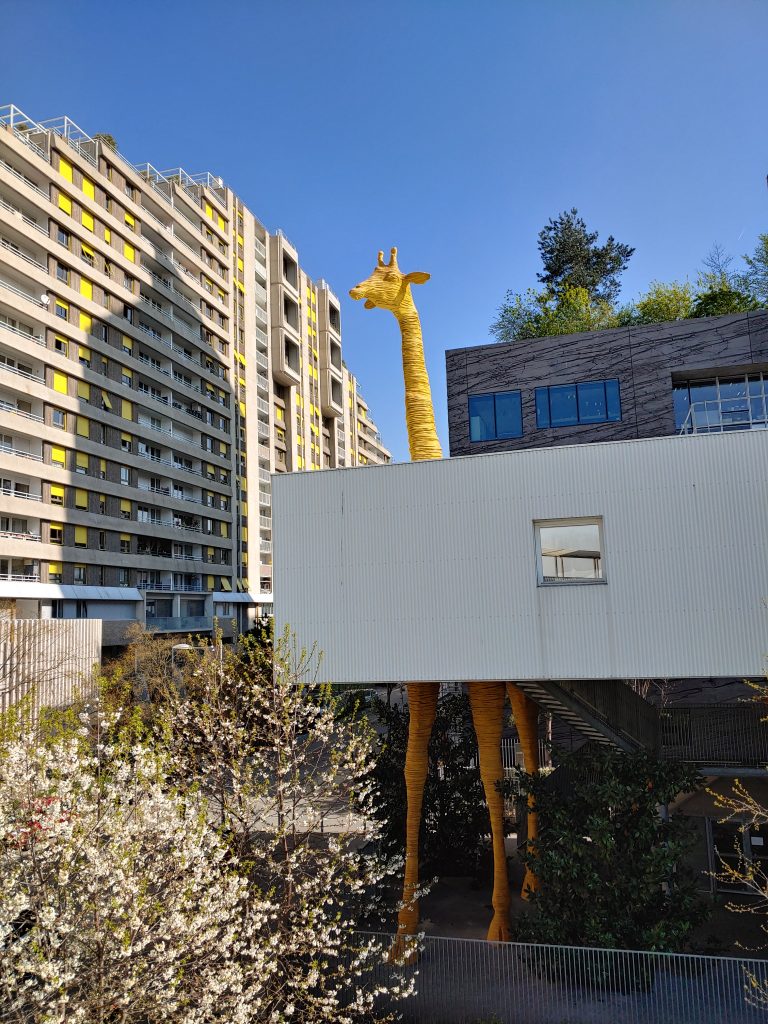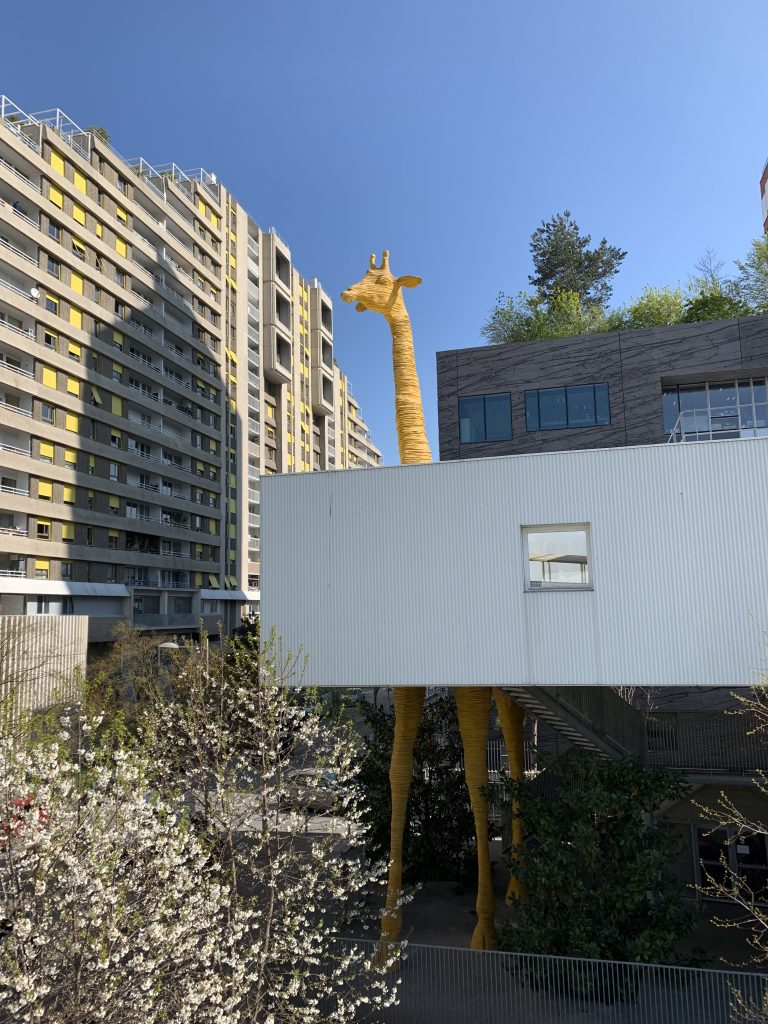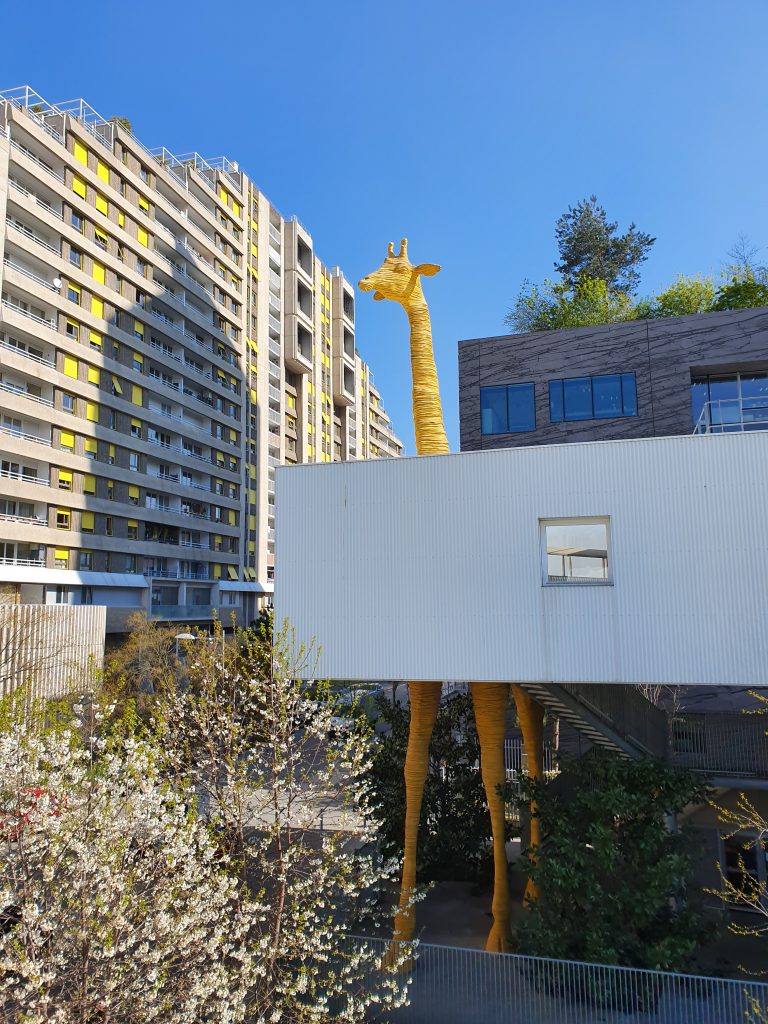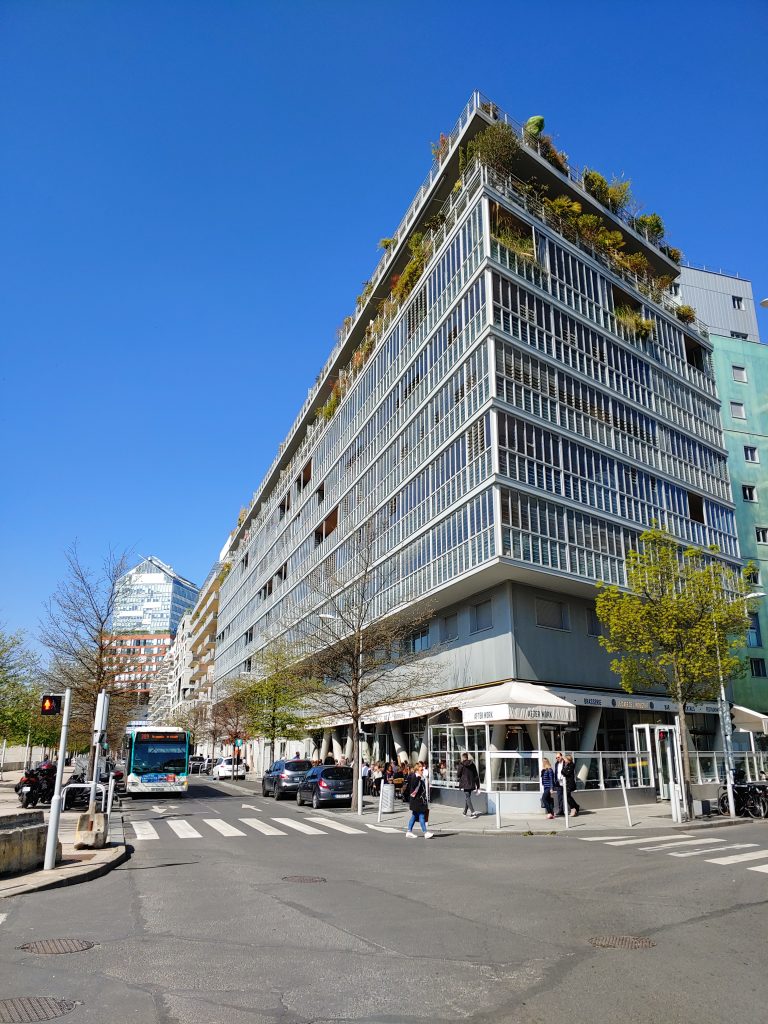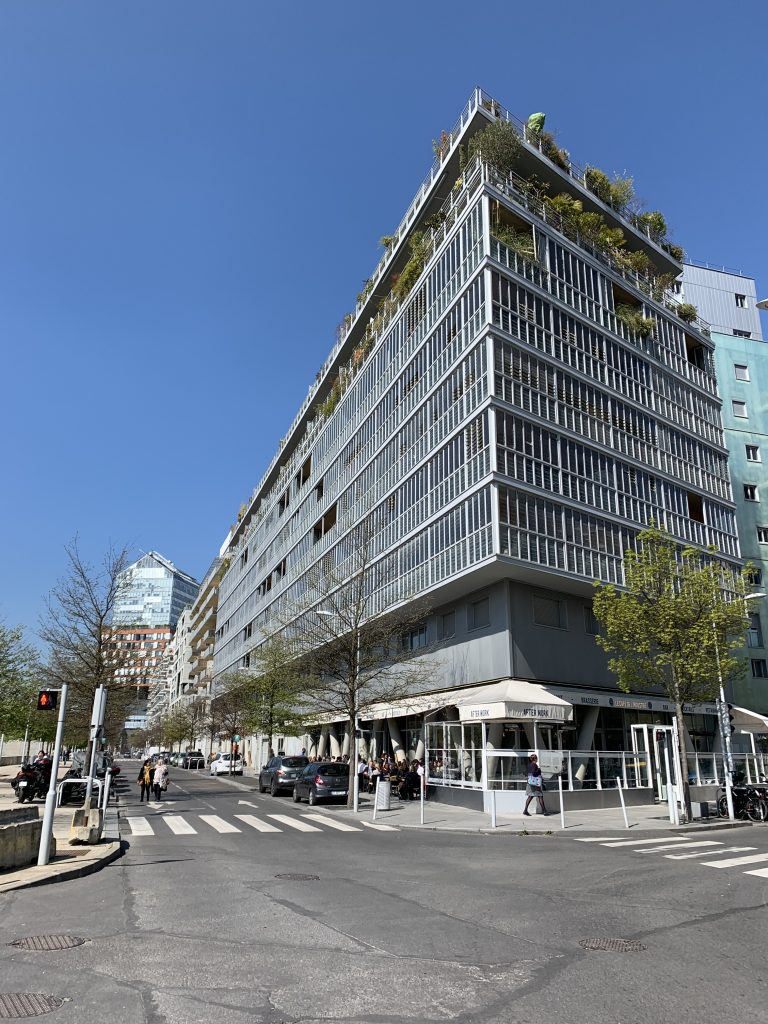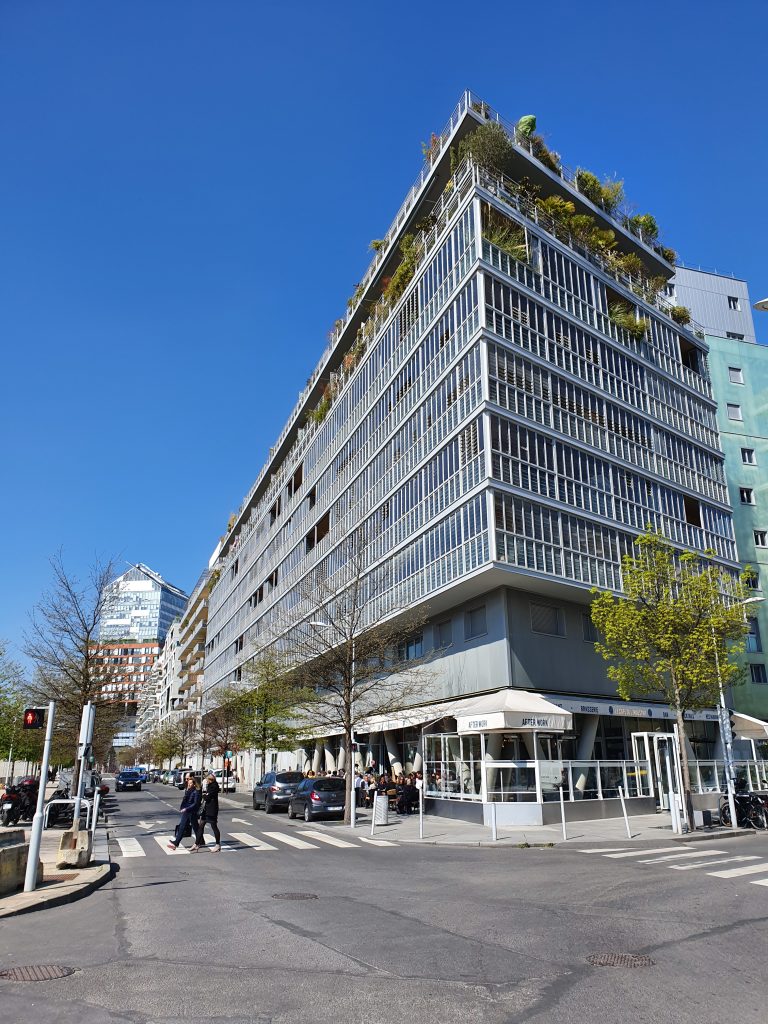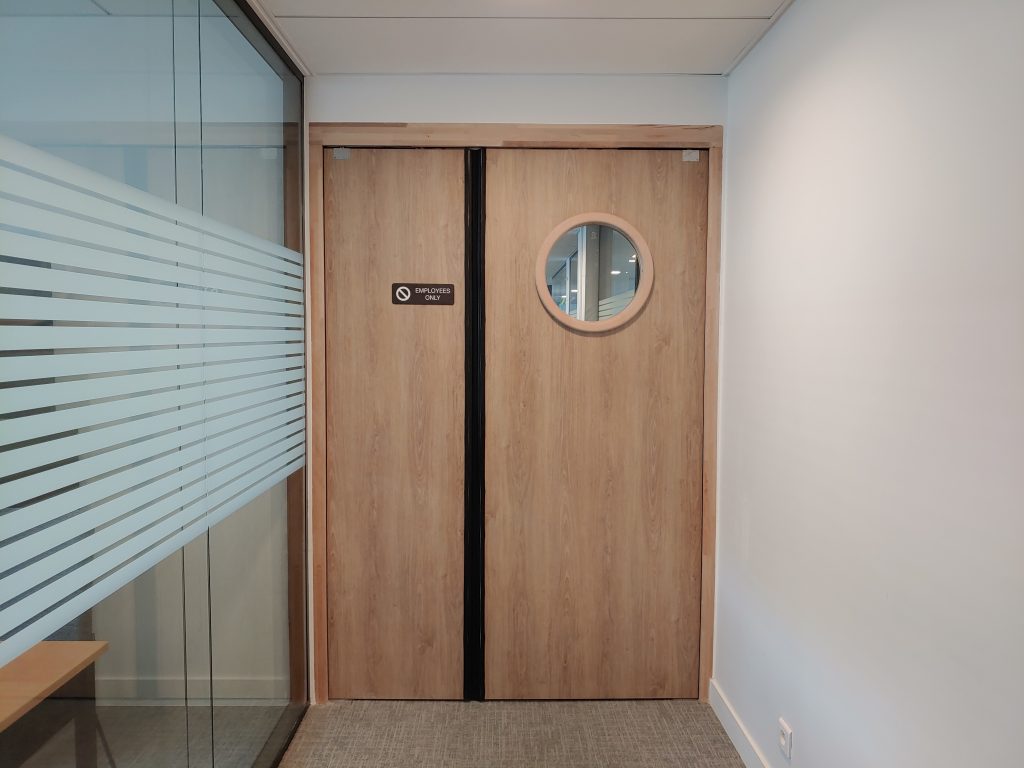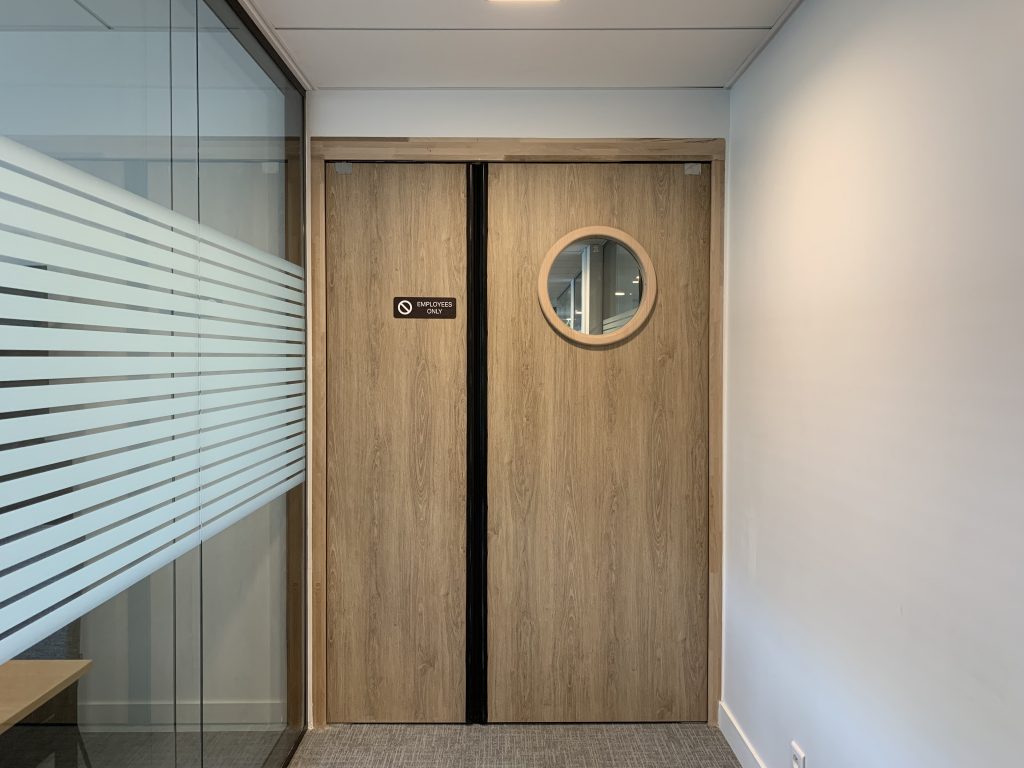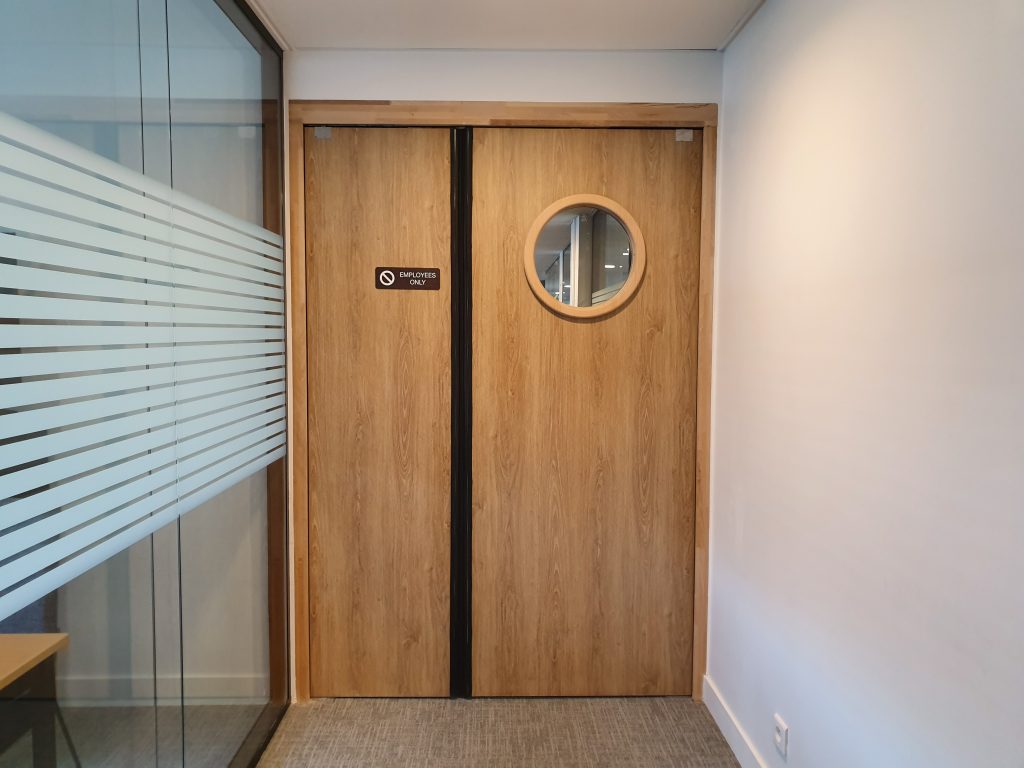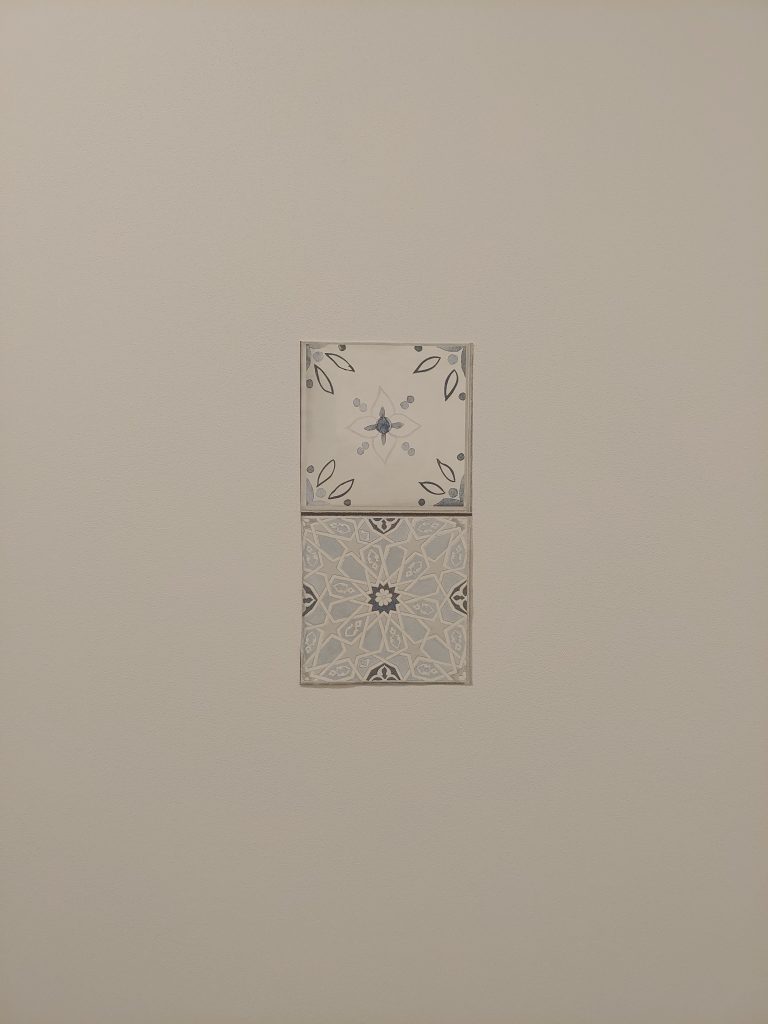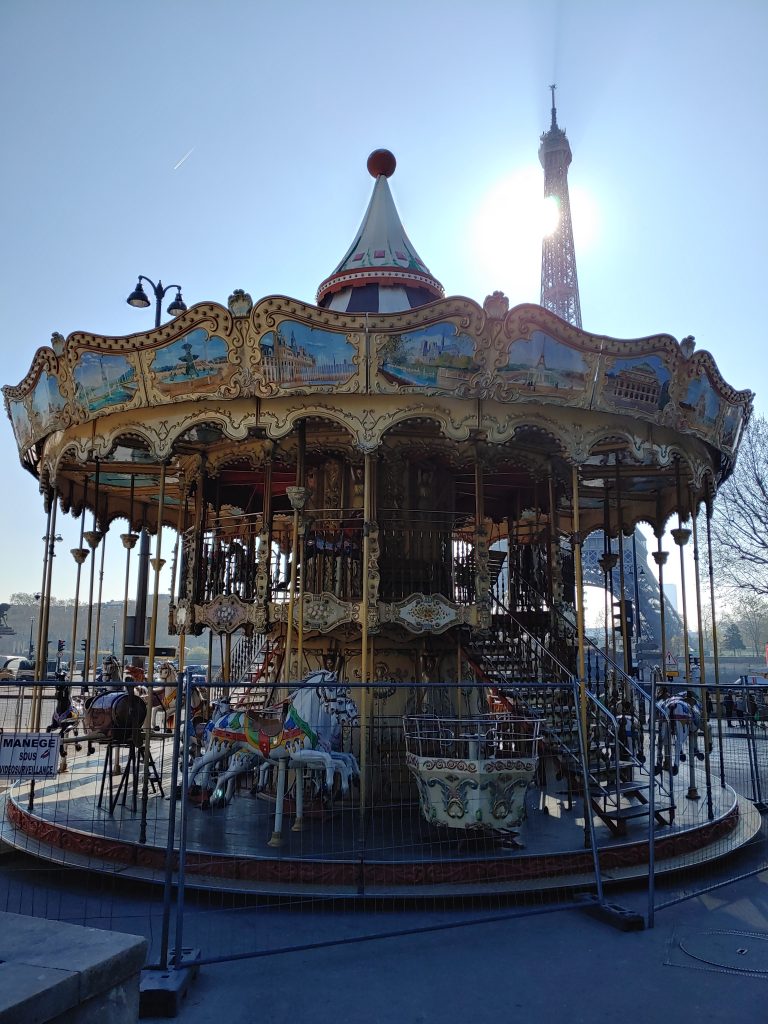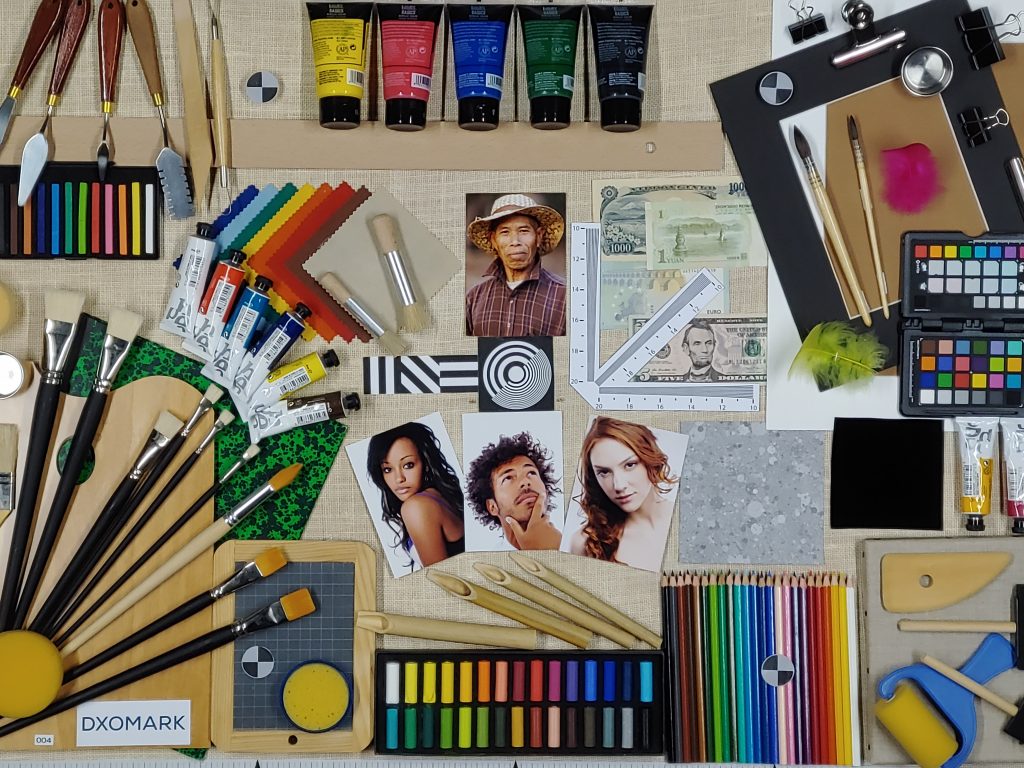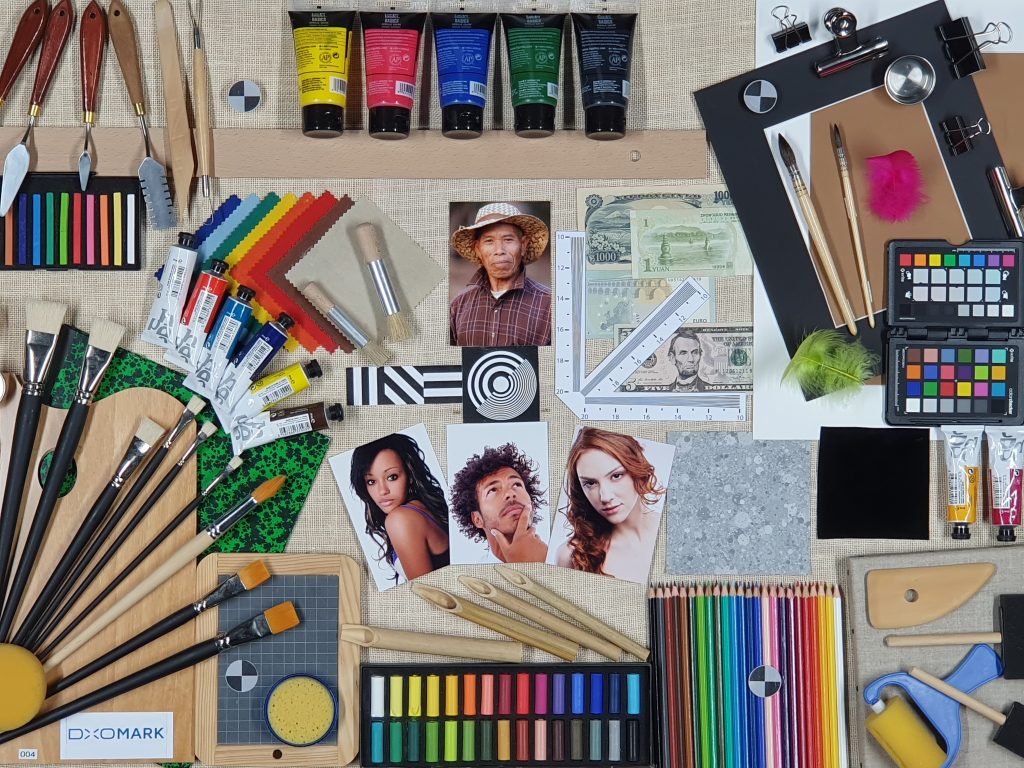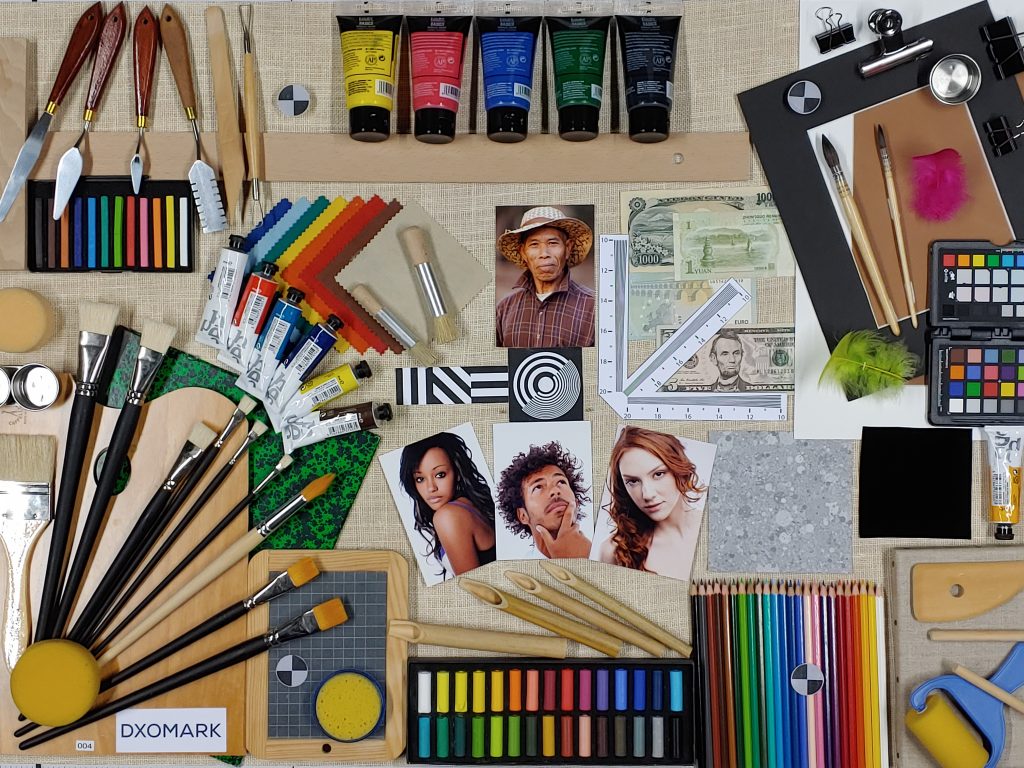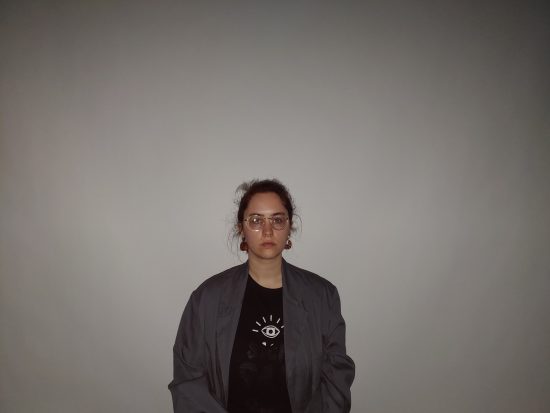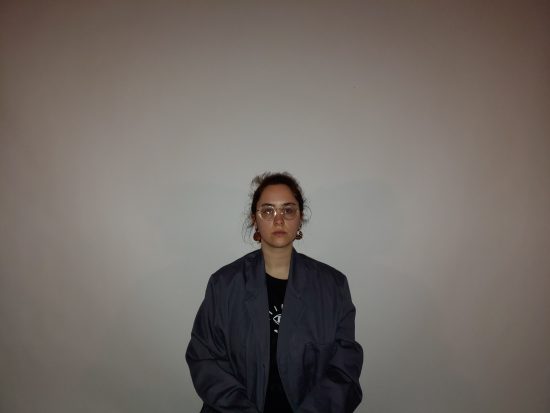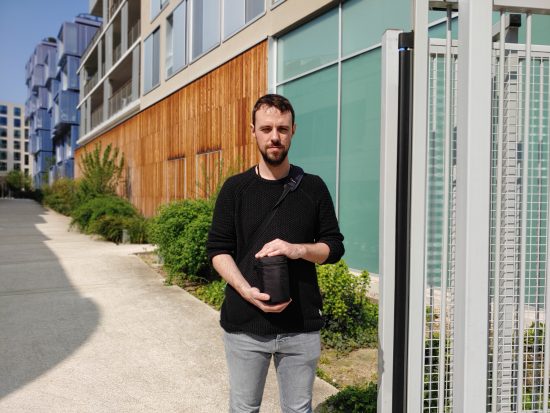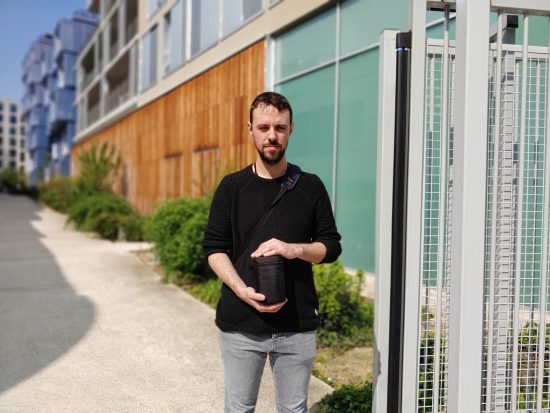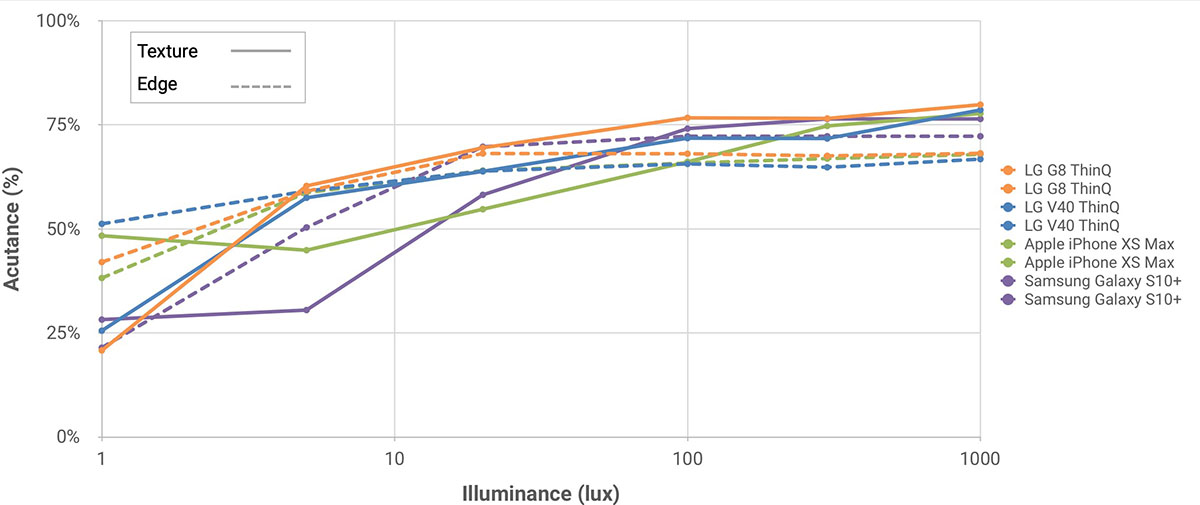The G8 ThinQ is LG’s latest high-end smartphone and comes with the Qualcomm Snapdragon 855 chipset, 6GB RAM and a 6.1-inch, 3120×1440 pixel OLED screen with a 19.5:9 aspect ratio. LG has opted for the same triple-camera design as we’ve already seen in the LG V40 ThinQ, but with updated firmware. This camera comprises 16Mp super-wide, 12Mp standard, and 12Mp telephoto units with focal lengths equivalent to 16mm, 25mm, and 50mm, respectively. Read on to find out how the LG G8 ThinQ’s camera performs in our in-depth tests.
Key camera specifications:
- Triple-camera setup
- Primary: 12Mp sensor with 1.4μm pixels and 25mm-equivalent, f/1.5 lens, OIS
- Ultra-wide: 16Mp sensor with 1.0μm pixels and 16mm-equivalent f/1.9 lens
- Telephoto: 12Mp sensor with 1.0μm pixels and 50mm-equivalent f/2.4 lens, PDAF, OIS
- Up to 2160p/60fps video (1080p/30fps at default settings)
Please note: Depending on the region, the LG G8 ThinQ comes with either a dual- or a triple-camera setup. Our test device is the triple-camera version.
About DxOMark Mobile tests: For scoring and analysis in our smartphone camera reviews, DxOMark engineers capture and evaluate over 1500 test images and more than 2 hours of video taken with the camera’s default settings, both in controlled lab environments and in natural indoor and outdoor scenes. This article is designed to highlight the most important results of our testing. For more information about the DxOMark Mobile test protocol, click here. More details on how we score smartphone cameras are available here.
Test summary
 mobile
mobile
With an overall score of 96, the LG G8 ThinQ puts in a solid performance without excelling enough to join such pack leaders as the Huawei P30 Pro, the Samsung Galaxy S10+, and the Apple iPhone XS Max at the very top of our table. At 99 points, the G8’s Photo score is up one point from the LG V40 ThinQ’s, largely due to improvements for autofocus (AF), noise, and bokeh. Similarly, the G8’s overall Video score is up two points at 89, thanks to better performance of its stabilization and exposure systems.
Overall, the G8 ThinQ has a fast, accurate AF system and good noise control. It also handles target exposures well even in backlit situations, and its color rendering is usually good outdoors and indoors. Conversely, there are many artifacts visible in images, and this brings down its overall score.
Video footage shows good color and exposure in most situations. In addition, image stabilization works efficiently, especially when counteracting low-frequency motion, and the autofocus is fast to react to changes in the scene in brighter light and under indoor conditions. AF failures are more common in low light, however, and video footage shows some noticeable artifacts when walking while recording, such as a jello effect, frame shifts, and differences in sharpness between frames.
Photo scores explained
Exposure and Contrast (87)
Even in tricky situations, such as with backlighting and in low light, the LG G8 ThinQ does a good job of exposing the main subject. As shown by the comparison samples below, it can produce usable exposures down to very low light levels. When it has issues, the exposure system tends towards slight underexposure.
The bright background of backlit scenes can trick many cameras into underexposing, and this is a common problem with portrait shots in bright locations. However, the LG G8 ThinQ copes very well, usually identifying that the person in the foreground is the subject, and thus skews the exposure towards them. As the images below show, it creates a nicely-balanced image in which the subject’s features are visible, yet the background isn’t completely blown-out.
In terms of dynamic range, the G8 ThinQ does well, but in comparison with the best smartphone cameras available at the moment, its dynamic range is a touch more limited, with slightly more highlight clipping in the brightest parts and shadow clipping in the darkest parts of the image.
Color (89)
While 89 isn’t the greatest score for color, it’s still good. But while the G8 ThinQ has the same generally good color response in different levels of light, some color casts are occasionally visible. In the images below, you can see that the LG G8 ThinkQ has created a red/pink cast for this outdoor scene. The results from the iPhone XS Max and Galaxy S10+ look more neutral by comparison. Other images have a hint of a blue cast, while we’ve also seen a slight green cast indoors.
Autofocus (97)
Although it has slight shutter lag, which means there’s a delay between tapping the shutter release and the image being captured, the LG G8 ThinQ’s AF system is fast and accurate even in low light and indoors, where contrast tends to be low. It’s also faster and has more consistent speed than the LG V40 ThinQ. However, the Apple iPhone XS Max still beats it on most occasions.
Noise (70) and Texture (69)
While the G8 shows good noise control for the most part, especially in the shadows, some luminance noise is visible in even-toned areas such as the sky in bright light shots. The enlarged sections of the images below show how much more visible the noise is in the sky from the LG G8 ThinQ. The sky looks much smoother in the comparison shots from the Apple iPhone XS Max and the Samsung Galaxy S10+. Notice also the ringing around the giraffe’s head in the G8 shot.
As the following images demonstrate, the level of detail that the LG G8 captures outdoors is generally good and not far from that of the Apple iPhone XS Max and the Samsung Galaxy S10+. The strong edges of the window frames look good, but some of the finer details of the foliage are lost.
Indoors, where the light and contrast is lower, the LG G8 ThinQ struggles to replicate some finer details. For example, the grain on the door in the images below is lost in places. By contrast, the Apple iPhone XS Max does extremely well rendering the natural pattern of the wood.
Artifacts (62)
The main issue here is the loss of acutance, or the perception of detail, towards the corners of the image. Subtle details are almost completely lost if they are in the corner of the image.
Cyan shift, which in the sample below can be seen as the unnatural halo around the sun, is also visible in some shots.
Zoom (49)
Thanks to its dedicated tele-camera, LG G8 ThinQ’s zoom manages to capture a good level of detail, including that on distant subjects.
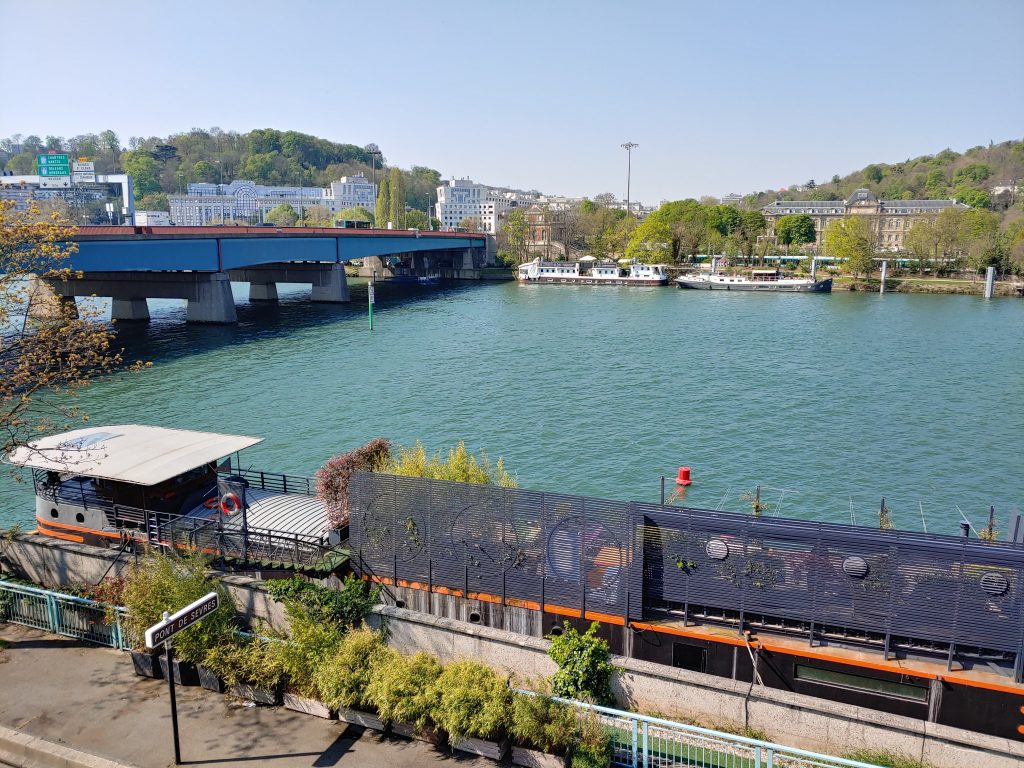

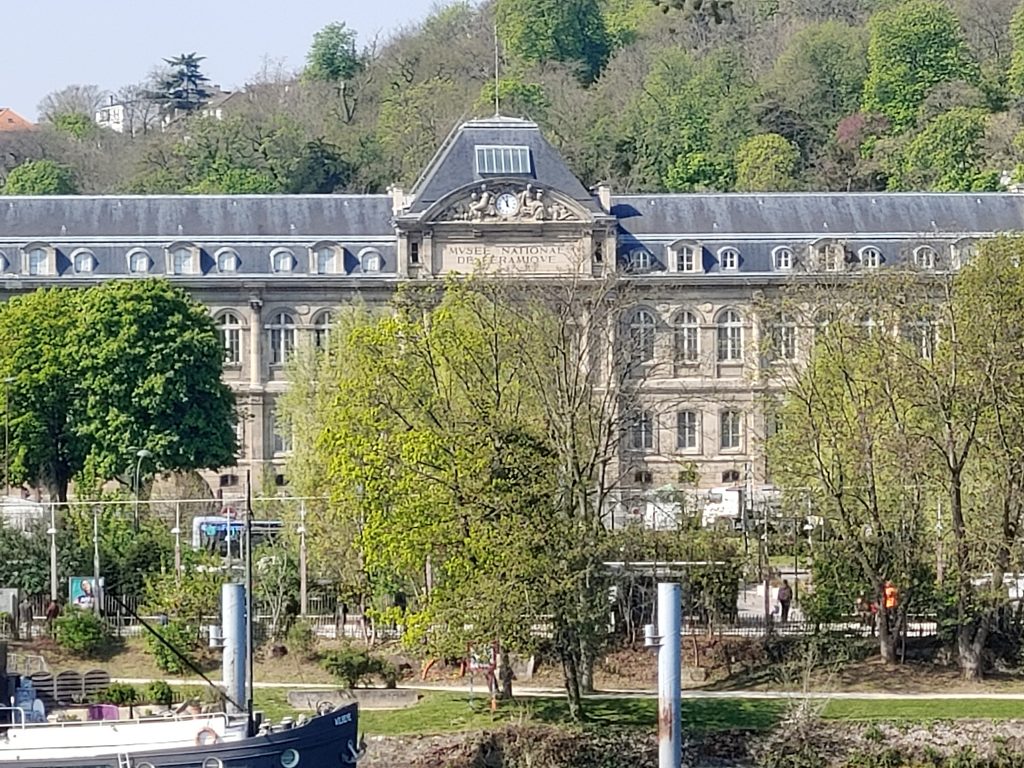
That said, image detail when zooming is not quite on the same level as on the best in class. The sample shot below was captured in the lab at a bright 1000 lux and at a subject distance of 250cm (approximately 3-4x zoom). As you can see, the Samsung Galaxy S10+ does noticeably better at preserving fine textures than the G8 ThinQ.
The difference is slightly more visible when the light conditions are a little dimmer. The lab sample below was captured at a 150 cm subject distance under indoor light conditions (100 lux). The G8’s image output is visibly softer than the Samsung’s, with the latter resolving more detail and textures.
We have also observed that when the zoom is used, the LG G8’s ability to assess target exposure diminishes and there’s a tendency for subjects to be underexposed in backlit situations.
Flash (81)
When the flash from the G8 is the only light source, the camera handles the target exposure, color rendering, and white balance well. However, when there is some additional lighting, which is more likely in most real-world shooting situations, the camera struggles to get things right. The subject tends to be underexposed, for instance, and there’s obvious color shading.
In better news, the results are consistent and repeatable, so neither the exposure nor the white balance changes from shot to shot.
Bokeh (40)
Although the LG G8 ThinQ achieves a 5-point bokeh score improvement over the LG V40 ThinQ, a score of 40 is still lower than for most direct rivals. The most noticeable problem is the inconsistent application of blur effects to images of the same scene. In some images, the blur starts quite sharply behind the portrait subject, while in others, the blur begins appearing much farther behind them.
In addition, there are depth estimation artifacts. For example, the camera can fail to recognize hair as belonging to the subject, so it’s blurred. This can make the face look unnatural, with a “cut-out” appearance.
Video scores explained
With a score of 89 for Video, the LG G8 ThinQ is a competent rather than class-leading video camera. As with its stills, the G8 generally gets the target exposure right and produces pleasant colors. In addition, the stabilization is good with static video, but it falters when there’s movement. It’s acceptable, but there’s room for improvement in this area, and it’s advisable to shoot video while standing still rather than when walking.
Perhaps the biggest surprise, however, is that the AF system, which is fast and reliable with stills, is a weak area with video. The tracking AF system is a particular problem, and the subject can drift in and out of focus when it moves. In some instances, the camera doesn’t respond to a change in subject distance so it remains out of focus. These AF failures are most common in low light, but they can also occur in bright conditions.
In our lab, the LG G8 ThinQ captures Full-HD footage with good dynamic range. However, it becomes more limited outdoors and in more everyday shooting scenarios.
Indoors and in bright light, the LG G8 ThinQ keeps both temporal and spatial noise well in check, especially chromatic noise. However, things change in low light, when higher levels of luminance noise become visible. The LG G8 ThinQ captures footage with good texture that is slightly better than the Apple iPhone XS Max and the Samsung Galaxy S10+ in bright light. In low light the results are reversed, however, and the LG’s measured acutance is somewhat lower than the competition’s.
Conclusion
The LG G8 ThinQ’s camera is a competent rather than a stellar performer. It does most things reasonably well without really excelling or failing dramatically in any area. It produces colors that are attractive, if not always accurate, and its stills AF system is fast and effective. It also usually handles exposures well, underexposing only occasionally and even taking backlight situations in its stride unless the zoom is in use.
Its video output is similarly pleasing in many situations, but the best results require a static shooting position and constant subject distance. The inconsistent bokeh performance is a little disappointing and not up to the standard of the current leader in this area (the Huawei P30 Pro). However, if you take a few shots and don’t intend to magnify the image, chances are that there will be a satisfactory image available.
Photo pros
- Accurate target exposure indoors even with backlit scenes
- Pleasant color rendering
- Details are reproduced fairly well
- Good white balance, target exposure, and color rendering when flash is the only illumination
- Good detail in indoor zoom images
Video pros
- Effective stabilization of low-frequency motion
- Fast focus reaction
- Good exposure in most conditions
- Vivid and pleasant colors in most conditions
Photo cons
- Limited dynamic range
- Some color casts
- Color shading and poor white balance when flash is mixed with tungsten light
- Loss of acutance across the frame
- Noise and ringing when zooming
- Inconsistent bokeh effect
Video cons
- Significant AF failures in low light
- Visible jello effect
- Coarse spatial noise in the shadows in low light
- Noticeable frame-shift in walking scenes
The post LG G8 ThinQ camera review appeared first on DxOMark.
